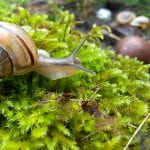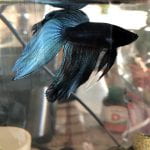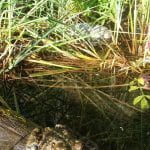The scientific method consists of 5 main categories, observation, hypothesis, experiment, data, and conclusion. We asked the question; how two paperclips affect the flight distance of a paper airplane when distributed differently. We use the design given to us in the OneNote called Nick’s paper airplane, because we found that it had broader wings and was a better design to support weight.
Hypothesis:
Our hypothesis was that the airplane with one paper clip on the nose and one on the tail would fly the furthest, because unlike the second plane it was balanced, and unlike the first plane the weight was on the body of the plane rather than the wings, so the plane hell together better, and there was less drag on the wings. also, because the wings are centered more towards the back of the plane, the paper clip at the front would have more weight and therefore drag the plane forwards, making it more streamline.
Experiment:
In order to determine whether or not our hypothesis was correct, we made three identical paper airplanes, then choose six paper clips of the same size. for the first airplane, we put a paper clip on each wing, For the second airplane, we put two paper clips in the center of the plane, and for the last airplane, we put one paper clip on the nose and one on the tail of the plane. We then took all three planes, a meter stick, and our paper to mark the data out into the hallway. We tested each plane five times, measuring the distance each time. This was challenging, because the second airplane was poorly balanced, and tended to hit the wall. Our data would have been more accurate had we had more space.
Data:
| Type of Plane | Trial 1 | Trial 2 | Trial 3 | Trial 4 | Trial 5 | Average Distance |
| 1. clip on each wing | 7.8m | 6.3m | 5.4m | 6m | 4m | 5.9m |
| 2. two clips in the middle | 5.5m | 7.3m | 4.2m | 7.5m | 5.5m | 6m |
| 3. one clip on the nose, one on the tail | 5.7m | 7.8m | 10.2m | 8m | 5.1m | 7.56m |

In order to eliminate as many variables as possible, the same person threw all the planes, and always started from the same line. Once each plane had been tested five times, we determined the average distance traveled. Plane one and plane two traveled very similar distances, however playing three traveled a meter and a half further.
Conclusion:
our hypothesis was correct. The airplane with one paper clip on the nose and one on the tail traveled further than the other two. However, the accuracy of this experiment could be greatly improved. Our measurements we’re not necessarily accurate, because often the airplanes slid or hit the wall. Also, every time the airplanes landed, they became slightly more dented, or bent which could cause shorter flight. If we had done more trials, our results would also have been more accurate. Lastly, we cannot guarantee that the person throwing the airplanes through them at the exact same height and with the exact same force each time. There are many small variables that could have affected our data , and therefore our conclusion, but unfortunately, some of them are hard to eliminate. Next time, I would look for a larger space to run our experiments, have many more people test the planes, to determine that the results are not based on the way one person throws, and have multiple airplanes or the same type to ensure it was not that specific plane, rather the distribution of the paperclips that affected the distance traveled.









































Leave a Reply